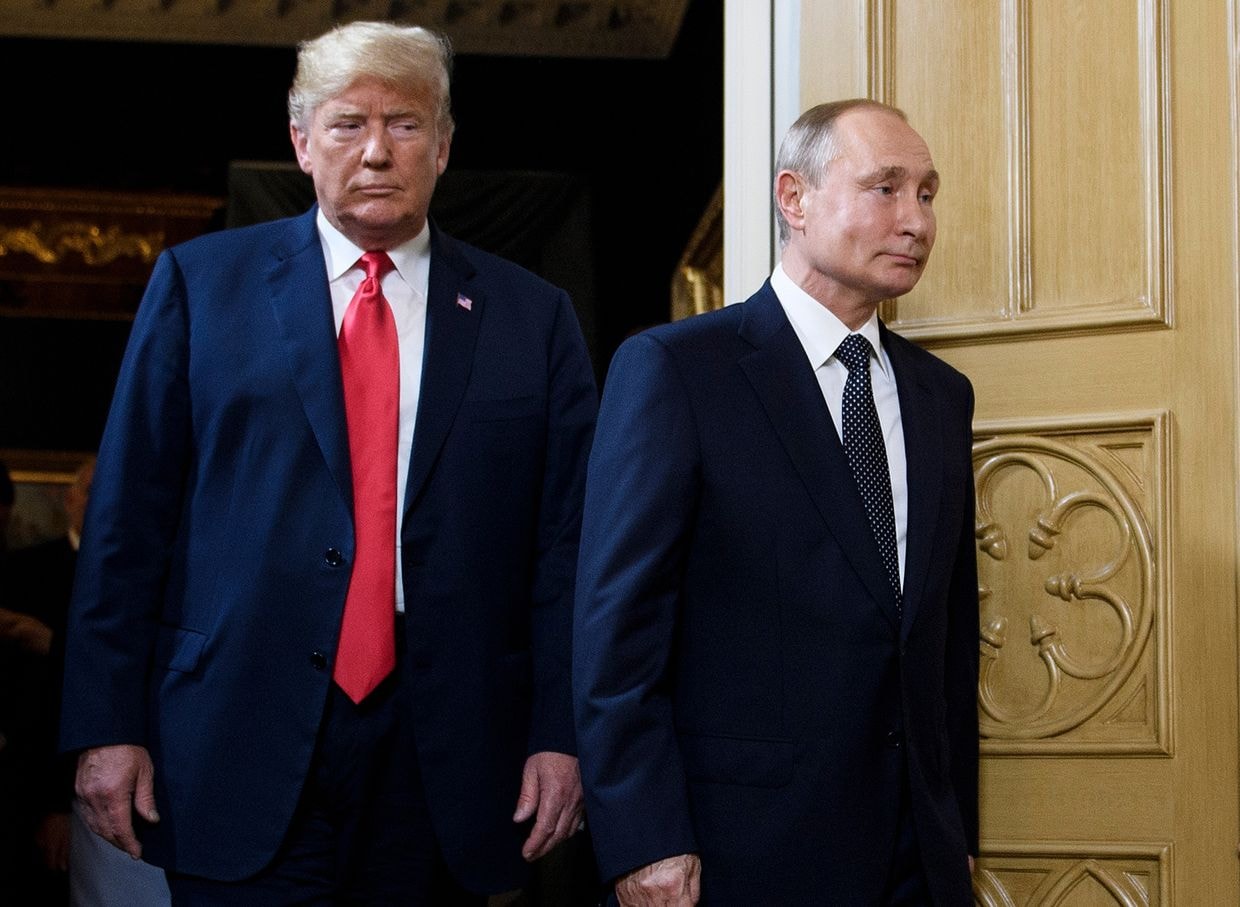The U.S. and its allies are trying to limit the revenue streams Russia receives from selling petroleum products.
Additional sanctions were announced on Feb. 3 as the U.S., the G7, the European Union and Australia placed a price cap on “seaborne Russian-origin petroleum products,” the U.S. Department of Treasury said.
There are two price levels: one applies to “premium-to-crude” petroleum products like diesel, kerosene and gasoline, which will be capped at $100 USD per barrel, and “discount-to-crude” petroleum products like fuel oil, which will be capped at $45 USD per barrel.
This follows the $60 price cap on Russian crude oil that came into force on Dec. 5. The U.K. Treasury said in a statement that initial signs suggest that "the crude oil cap is successfully curtailing Putin’s ability to use revenues from oil sales to finance his illegal war" while minimizing disruption to global supply. Russia’s flagship crude oil currently sells around $40 lower than global benchmarks.









